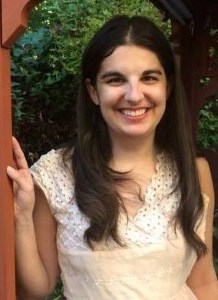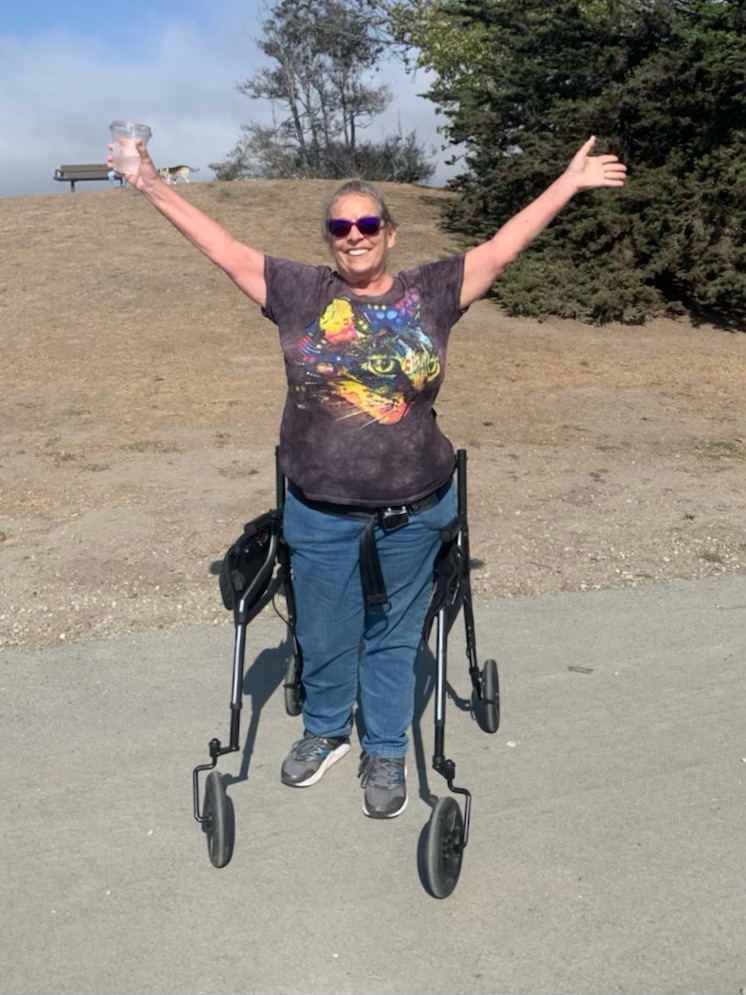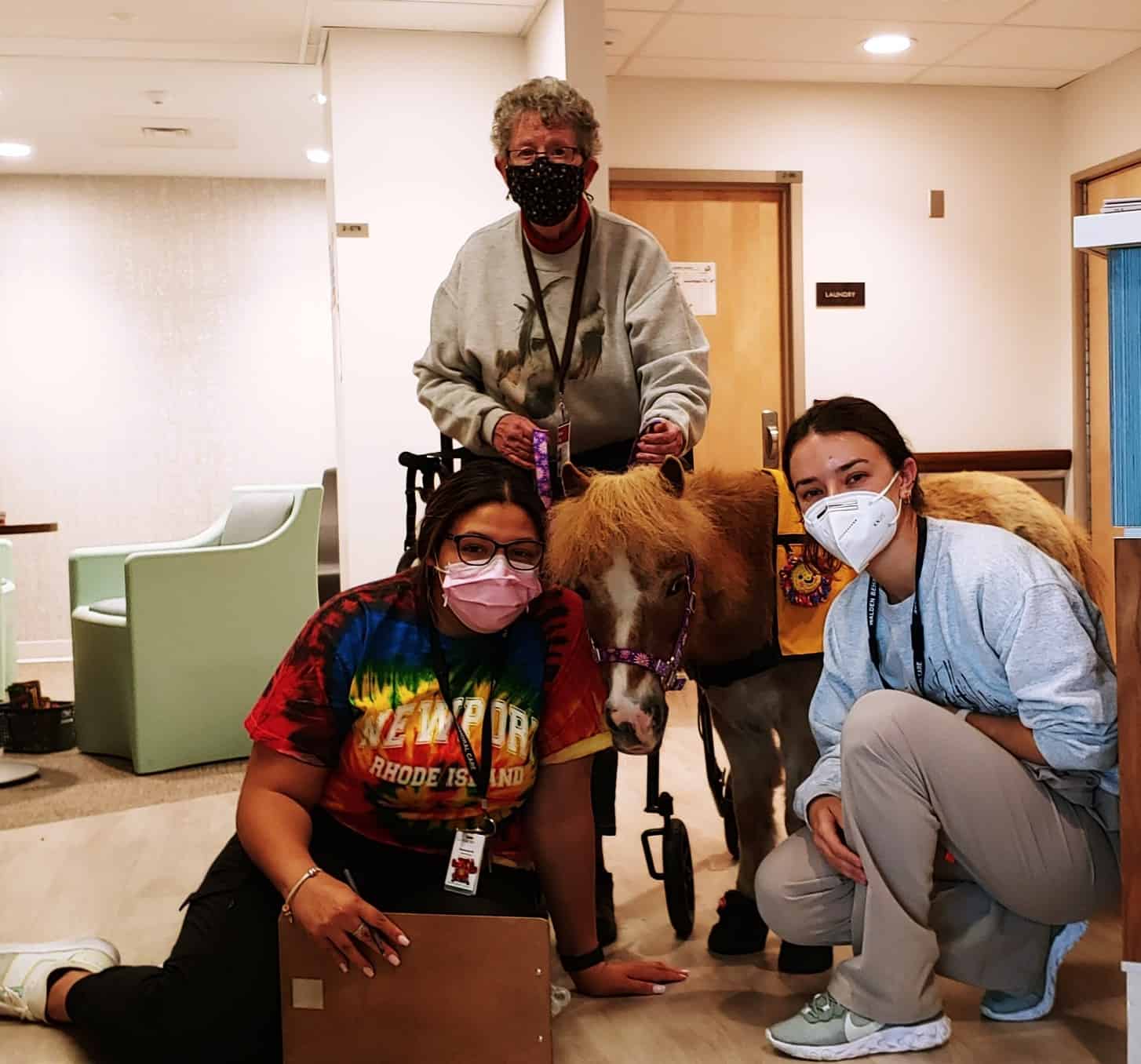I was recovering from surgery complications on my cervical spine when I first learned about the LifeGlider. At that time, I was able to walk with much effort, but I kept falling because my legs would buckle. This led to me spending most of my time in a wheelchair and being dependent on others for mobility.
My first impression of the LifeGlider was freedom and safety. I found that within seconds of strapping myself into the frame, I could walk more efficiently with all the support I needed to feel safe and secure. I also found my standing and walking tolerance dramatically increased from a minute or two to over 40 minutes. I was immediately impressed by the LifeGlider and excited about its potential to improve daily functioning not only for me but for many others with a variety of conditions and circumstances.
Even after my diagnosis, I still faced the mystery of my deteriorating neurological function. What started as a slight hand tremor when I was 16 became significant issues with strength and coordination that affected my whole body. By the time I was in grad school studying Occupational Therapy, I had to use a wheelchair part-time to get around campus, and I struggled to write and open doors. It was during a lecture in my neuroanatomy class when I put the puzzle together, that my deteriorating functioning sounded like it originated from issues with my spinal cord. Encouraged by my classmates, I saw a neurosurgeon who confirmed my spinal cord was under too much stress due to hypermobility of my cervical spine.
 I have Ehlers-Danlos Syndrome, a genetic connective tissue disorder. Though I was born with this condition and had minor symptoms from birth, I didn’t know I had it until I was in my early 20’s. Growing up, I played competitive soccer, went on hikes, and was all around very active. I knew I got hurt more often than other people and never could quite keep up with my peers when it came to endurance or speed, but I didn’t realize this was due to an underlying condition. It wasn’t until I was in my late teens and got very sick that I started the search that would ultimately lead to my diagnosis of Ehlers Danlos Syndrome.
I have Ehlers-Danlos Syndrome, a genetic connective tissue disorder. Though I was born with this condition and had minor symptoms from birth, I didn’t know I had it until I was in my early 20’s. Growing up, I played competitive soccer, went on hikes, and was all around very active. I knew I got hurt more often than other people and never could quite keep up with my peers when it came to endurance or speed, but I didn’t realize this was due to an underlying condition. It wasn’t until I was in my late teens and got very sick that I started the search that would ultimately lead to my diagnosis of Ehlers Danlos Syndrome.
One of the surgeries that followed led to complications that reduced my lower extremity strength further. With my legs constantly collapsing, I became frustrated that I lost much of my independence when it came to getting around. But rehab worked. And the LifeGlider played a big part in my safe and speedy rehabilitation. With the LifeGlider, I no longer needed parallel bars or a helper when I walked. I could improve my walking strength and endurance anywhere – in my neighborhood, at parks, or at the mall. I could go out into the world, secure in the knowledge that I wouldn’t fall even if my legs buckled or tired.
Moreover, the support of the LifeGlider helped improve the efficiency of how my body moved. Instead of spending a lot of energy balancing and preventing falls, I could focus on getting where I wanted to go. This freedom and confidence made my rehab fun and much quicker. It didn’t even feel like work! Soon I surpassed my prior level of functioning – completing a 5K walk and often seeing my non-disabled friends and family members tiring out before I did.
I’ve mostly transitioned out of the LifeGlider now, but I still occasionally use it for longer walks. Even though I can walk without it, I still always feel best, have the most endurance, and have the smoothest gait when I use it. Plus, it’s fun!
Now that I’m an occupational therapist, I work with people with a variety of diagnoses to improve their ability to do the things they want or need to do. I see immense potential for the LifeGlider being an integral part of the journey for people who may be at risk for falling or who desire more independence and endurance in their mobility. I see the LifeGlider having an essential role in rehabilitation, improving functioning once healing has leveled off, improving security and independence for those with mobility impairments, and achieving greater levels of fitness and general wellness.
The LifeGlider has helped me in my journey, and I know it can help other people with theirs.


